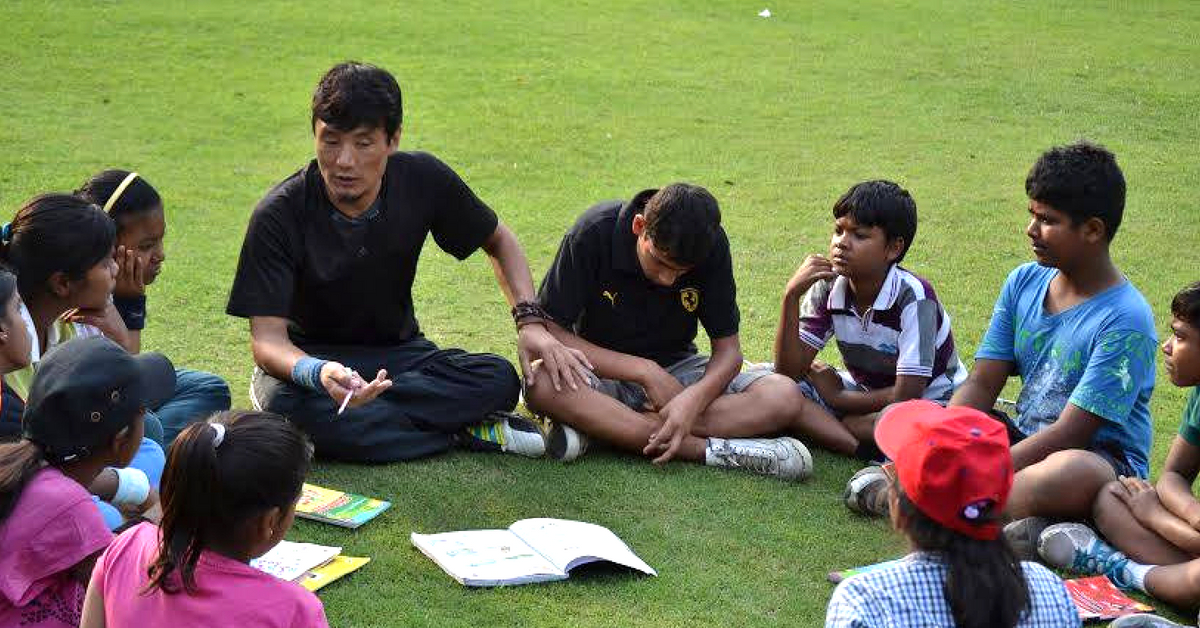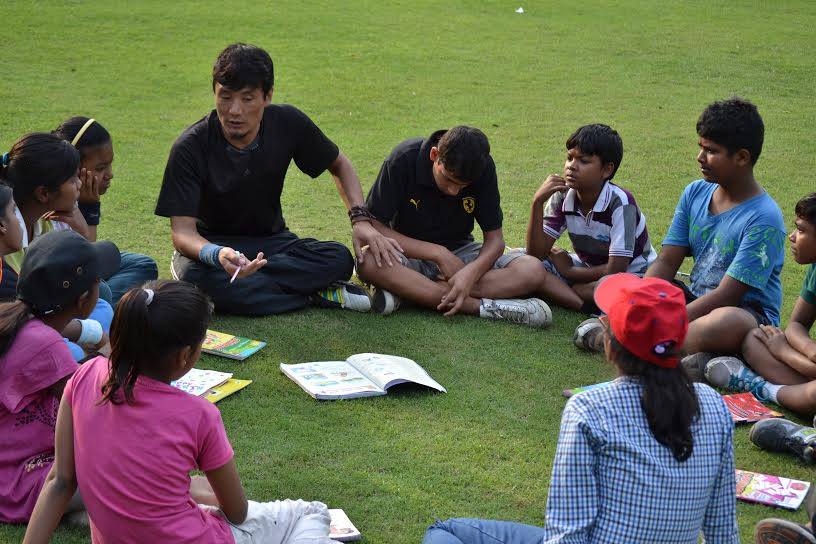Nagaland Is India’s Most Linguistically Diverse State While Kerala is The Least!
Ever heard Konyak or Nagamese? These are just two of the 14 languages and 17 dialects that make up Nagaland's linguistic treasure chest!

In an interesting assessment of languages in India, using the Herfindahl-Hirschmann Index (a concept from industrial economics), this report in the Mint has found that Nagaland is the most linguistically-diverse state in India with Kerala coming in last.
Applying data from the 2011 census, the report found that the language is divided into two subsections, namely, “language” and “mother tongue”. However, the study translated these subsections into “language” and “dialect” respectively.
As the adage goes, “a language is a dialect with an army or a navy”, which is a humorous take on how social and political conditions can have over a community’s perception of the status of a language or dialect.
As per the study, Nagaland topped the charts with 14 languages and 17 dialects and based on the 2011 census data, and Konyak is the most spoken language with a 46% share.
Kerala, meanwhile, is the least linguistically diverse state with only 1.06 effective languages, while 97% of the populace claims Malayalam as their mother tongue.

However, these states represent the extremes. It is interesting to note the dynamics prevalent in Hindi-speaking states, where dialects surpass the number of effective languages.
Also Read: Rajya Sabha Sets Precedent, Members Now Free to Speak in Any of the 22 Scheduled Languages
Take the example of Bihar, where 78% of the population speaks Hindi, resulting in just 1.6 effective languages. Broken down further into dialects, however, only 26% of the populace speaks Hindi, while Bhojpuri is the most widely spoken dialect.
Meanwhile, in Himachal Pradesh, 86% of the population identifies with Hindi as the mother tongue, resulting in just 1.3 effective languages. Broken down into dialects, however, there are six effective languages spoken, with Pahari (a dialect of Hindi) spoken by 32% of the populace.
This leaves us with a puzzling question about Hindi which is associated with multiple dialects. It is also imperative to note the influence of politics on languages and how they are classified. The history of Independent India is replete with long-standing battles on the question of language
(Edited by Gayatri Mishra)
Like this story? Or have something to share? Write to us: [email protected], or connect with us on Facebook and Twitter.
NEW: Click here to get positive news on WhatsApp!
If you found our stories insightful, informative, or even just enjoyable, we invite you to consider making a voluntary payment to support the work we do at The Better India. Your contribution helps us continue producing quality content that educates, inspires, and drives positive change.
Choose one of the payment options below for your contribution-
By paying for the stories you value, you directly contribute to sustaining our efforts focused on making a difference in the world. Together, let's ensure that impactful stories continue to be told and shared, enriching lives and communities alike.
Thank you for your support. Here are some frequently asked questions you might find helpful to know why you are contributing?


This story made me
-
97
-
121
-
89
-
167














